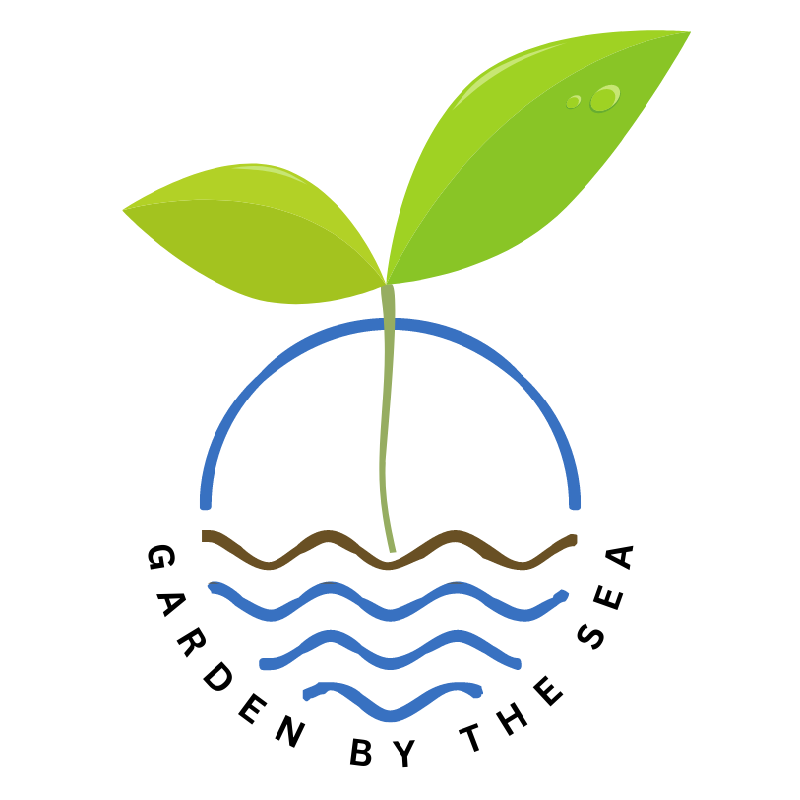So, you want to start your ocean veggie garden … when?
A common North Beach gardener’s mistake is planting a vegetable garden too early. It is easy to do, and even veteran gardeners get spring fever and plant before the soil/air temperature is warm enough. In our coastal communities, it is common to have a “misleading” warm spell in February and March. We feel renewed by the early rays of sun, plant our gardens, only to have cold winds, fog, and soaking rains dash our hopes of having our precious seeds germinate.
But there are ways to have success with your early season efforts! It may take some trial and error, but here are a few suggestions to get you started.
 When you are directly sowing your seeds outdoors, determine which crops can handle the colder weather, and do not attempt any others.
When you are directly sowing your seeds outdoors, determine which crops can handle the colder weather, and do not attempt any others.
February: Only broad beans (fava) will have a chance at germinating.
March: Try peas, onion/potato sets, as well as strawberry starts.
April/May: The list gets longer but be watchful of current weather conditions and forecasts before planting.
For more suggestions on specific crops to plant, click on the link here or at the bottom of this article: “Extended Season Crop List for Coastal Washington/Oregon.”
Many vegetables will do well started in a greenhouse or indoors and then transplanted into the garden when temperatures permit. Try to avoid starting seeds indoors too early or you may have to move them into a larger pot before they are ready for the garden. Also, consider using a grow light so that your seedlings do not become too “leggy”.
February: Some good seeds to start are leeks and celery. The leeks can be transplanted to the garden in April, and the celery should be ready to transplant by May.
March: Start broccoli, cauliflower, and cabbage inside. They should be ready to transplant by April or early May.
Not all crops want to have their roots disturbed and likely will not do well transplanted. Avoid transplanting root vegetables like beets, carrots, and turnips. They are tolerant of cooler weather and can be directly sown into your garden bed as early as April or May. Radishes also grow so quickly in the garden that there is no need to start them indoors!
For more great tips on starting your veggies indoors, check out the Farmer’s Almanac at https://www.almanac.com/starting-seeds-indoors-how-and-when-start-seeds.
 Consider using cold frames, cloches, hoop tunnels, and/or row covers to protect seeds and seedlings from cold weather conditions for your early (or late) season plantings. These are great options for folks without a greenhouse, and they can be home built or purchased. This article https://extension.illinois.edu/blogs/good-growing/2020-04-07-starting-garden-season-extension has great ideas to help you choose the right plan for your garden.
Consider using cold frames, cloches, hoop tunnels, and/or row covers to protect seeds and seedlings from cold weather conditions for your early (or late) season plantings. These are great options for folks without a greenhouse, and they can be home built or purchased. This article https://extension.illinois.edu/blogs/good-growing/2020-04-07-starting-garden-season-extension has great ideas to help you choose the right plan for your garden.
We hope you have a great start to the growing season this year…it truly is right around the corner! Feel free to use the form below to let us know if you have any “to plant or not to plant” questions (or any gardening issues) and someone from Garden by the Sea will get back to you.
Happy Gardening!
Karen Young



